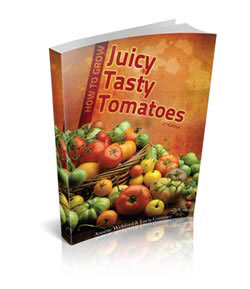Recent Study: The Life of a Vegetable Continues After Harvest
A recent scientific study published in Current Biology reveals that vegetables continue to “live” for some time after they have been harvested, showing that the life of a vegetable does not end when it is picked.
Two of the benefits of this for cabbages and other brassicas are that:
- anti-cancer properties form after the brassica has been picked; and
- its ability to resist pests is enhanced.
More simply stated, vegetables may continue to respond to the environment even when they have been removed from the plant. It does though depend on how they are stored.
So unless you have access to a constant supply of fresh veg, you’re likely to want to know more about the life of a vegetable after harvest.
The Study That Tells the Story of the Life of a Vegetable
The study, Postharvest Circadian Entrainment Enhances Crop Pest Resistance and Phytochemical Cycling, was carried out by researchers of biochemistry and cell biology at Rice University in Houston, Texas, and the Department of Plant Biology at the University of California, and was published in late June 2013.
Having initially studied Arabidopsis (a common plant “model” for biologists that is part of the Brassicaceae family), what they did was to purchase cabbages from supermarkets and either,
- Expose them to periods of light and dark (as in normal daytime and night time)
- Keep them in constant light
- Keep them in constant darkness
All the cabbages were subjected to “insect attack”, in the form of caterpillars, in their various environments.
The cabbages that were kept in a “normal” light-dark (day-night) environment continued to “live”, developing three times as much glucosinolates as the cabbages kept in the light or in the dark. Glucosinolates are organic, anti-carcinogenic compounds that help to get rid of pests when the veggies are growing.
And this, say the researchers, all has to do with biological circadian rhythms. A circadian rhythm is a process that repetitively takes about 24 hours, and it happens in plants, animals, fungi and even very basic cyanobacteria… which is why the light-dark environment has such significance.
After studying cabbages, researchers also tested (in alphabetical order) blueberries, carrots, lettuce, sweet potatoes and zucchini. The results were the same.
How the Nutritional Value of Food is Affected
Having discovered that some veggies will continue to metabolize on the supermarket shelves and in our homes (largely depending on how they are stored), the researchers now want to find out more about the possible impact on our diets.
According to Professor Janet Braam from Rice University, “We’ve uncovered some very basic stimuli, but we haven’t yet figured out how to amplify that for human nutrition”.
Once they do this, we are likely to have to reconsider how we store fresh veggies before we cook them, just to be sure we get the best nutritional value possible.
Tags: anti-cancer properties, brassicas, Current Biology, life of a vegetable, pest resistance













